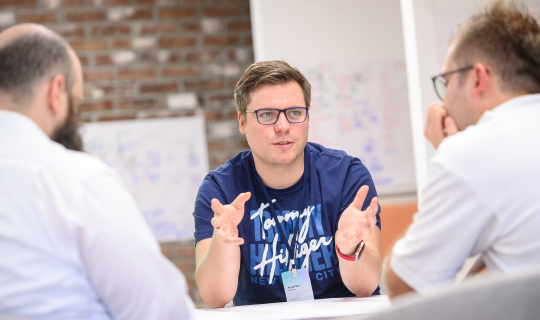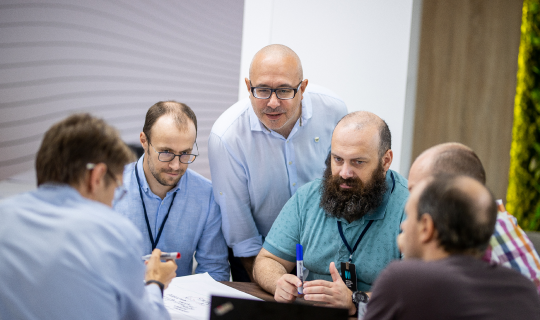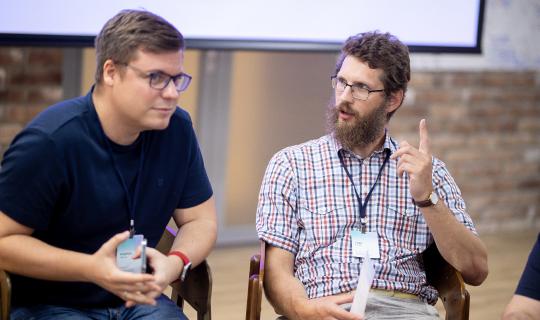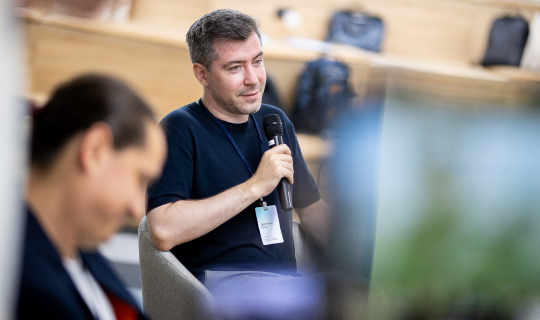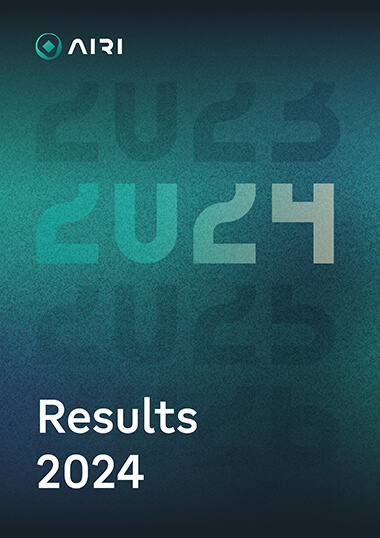AIRI mission – to create
universal AI systems that solve real-world problems


Value
AIRI in numbers

FOCUS AREAS
research
Core research
Progress in solving the fundamental problems of machine learning and creation of essentially new algorithms capable of learning about the world around us are some of AIRI's most important goals. This is an exciting journey towards more and more universal intelligent systems, which will not only create smart assistants for us, but will inevitably lead to a deeper understanding of the nature of the human mind.
The core research of our scientists is focused on large-scale learning systems, including language and multimodal models, as well as logic and neuroscience-inspired approaches to the study of artificial intelligence.
- Fusion Brain
- AGI Med
- Learnable Intelligence
- Computational Intelligence
- Computational Semantics
- NLP
- Domain-specific NLP
- Personalization Technologies
- Reliable and Secure Intelligent Systems
- Self-supervised and representation learning
- Neural Symbolic Integration
- Probabilistic Learning
- Weakly Supervised NLP



Applied research
Science cannot exist in isolation from everyday life, and applied scientific research links them together. They are aimed at solving technological and social problems, practical application of research results and search for new ideas and directions. The Institute is actively developing applied research in order to use artificial intelligence algorithms for solving real-world problems.
Modern algorithms do not yet have sufficient knowledge about the structure of the world and the laws of nature, which are necessary to solve many practical tasks. AIRI applied research aims to create high-tech artificial intelligence algorithms that respect and use the fundamental laws of nature, such as the laws of conservation of energy or the principles of quantum mechanics, as well as incorporate human accumulated knowledge and expertise. Based on this approach, AIRI scientists model and create digital twins from the micro to macro world - from the level of molecules and crystal lattices to human anatomy and industrial equipment.
- Bioinformatics
- DL in Life Sciences
- Neurointerfaces
- New Materials Design
- Industrial AI






